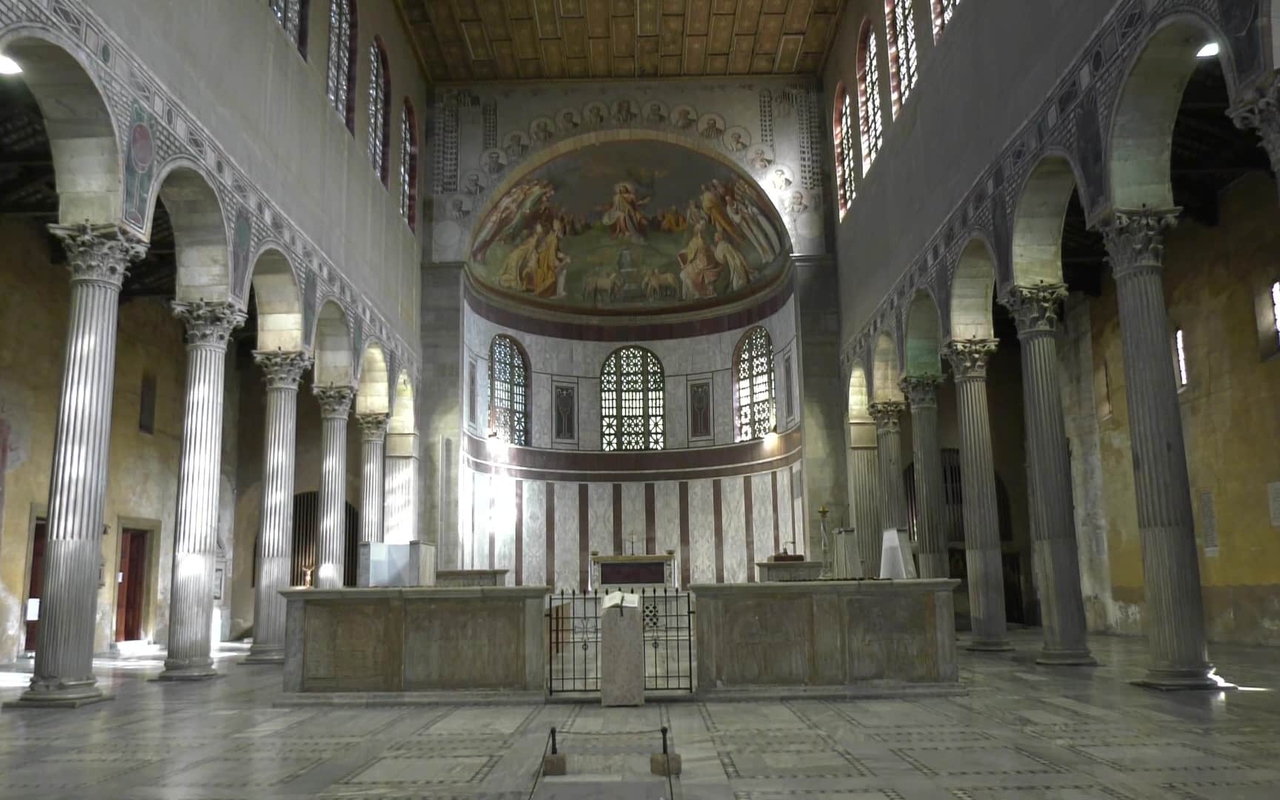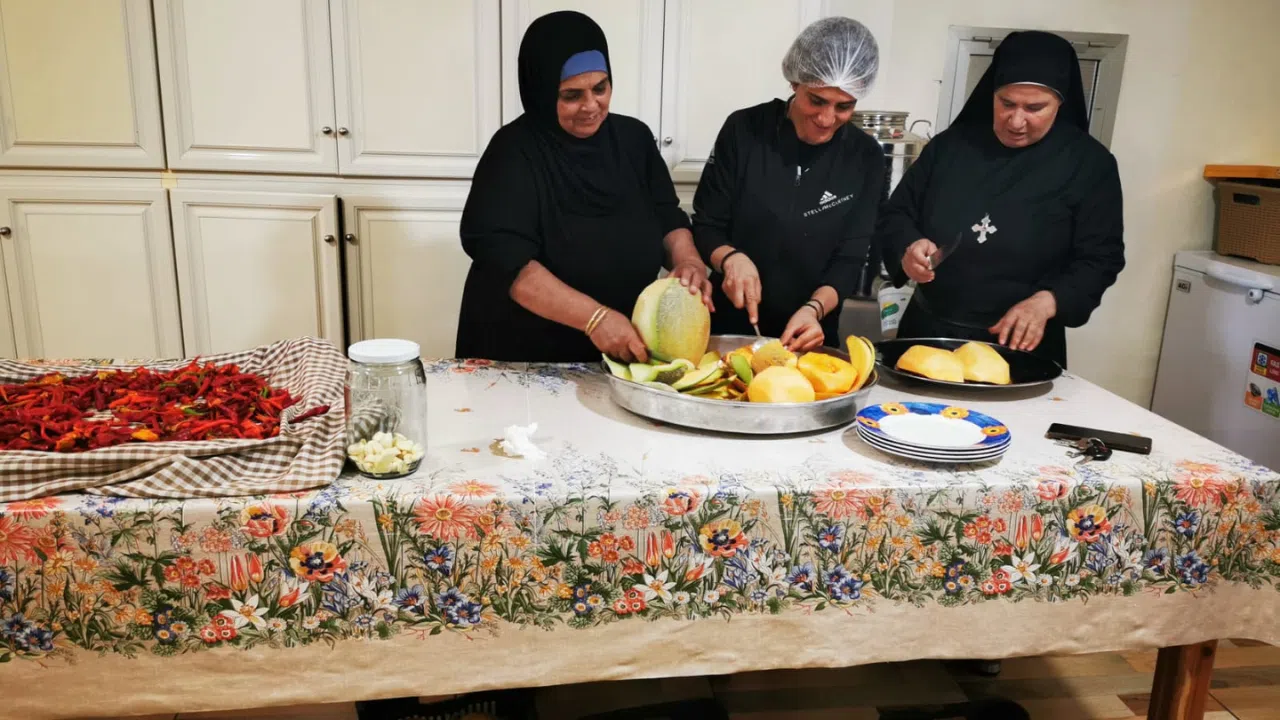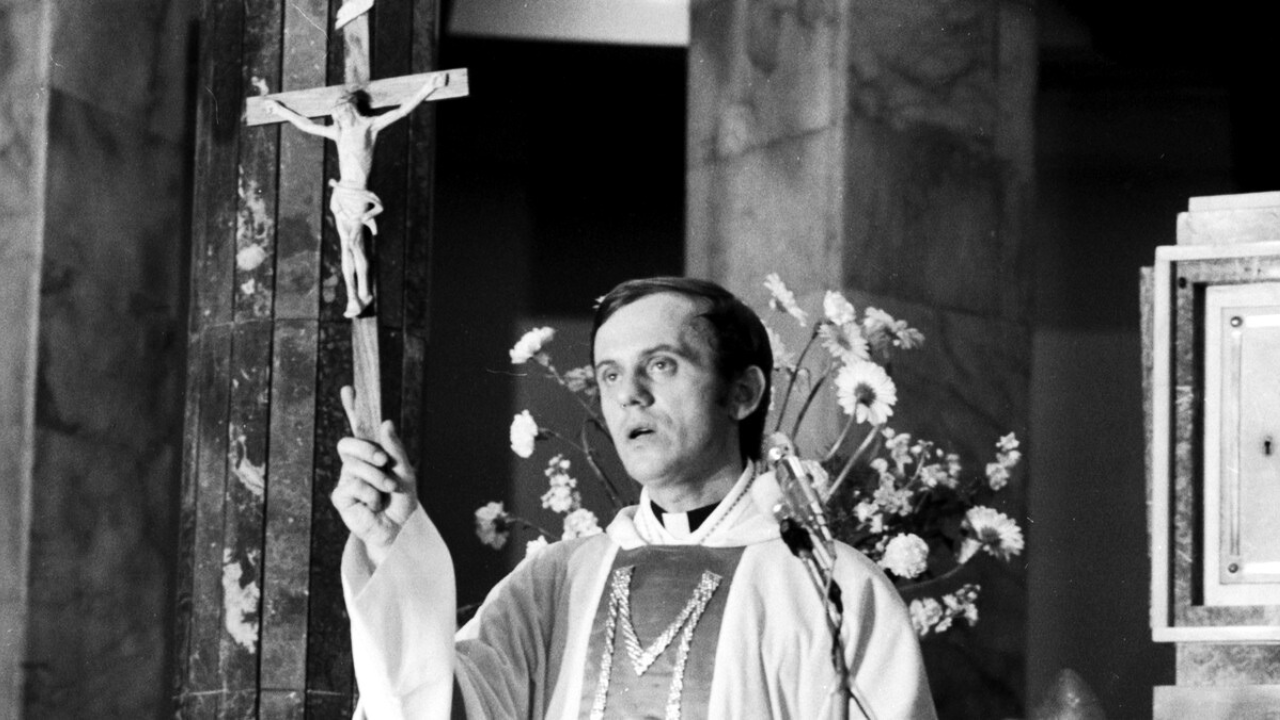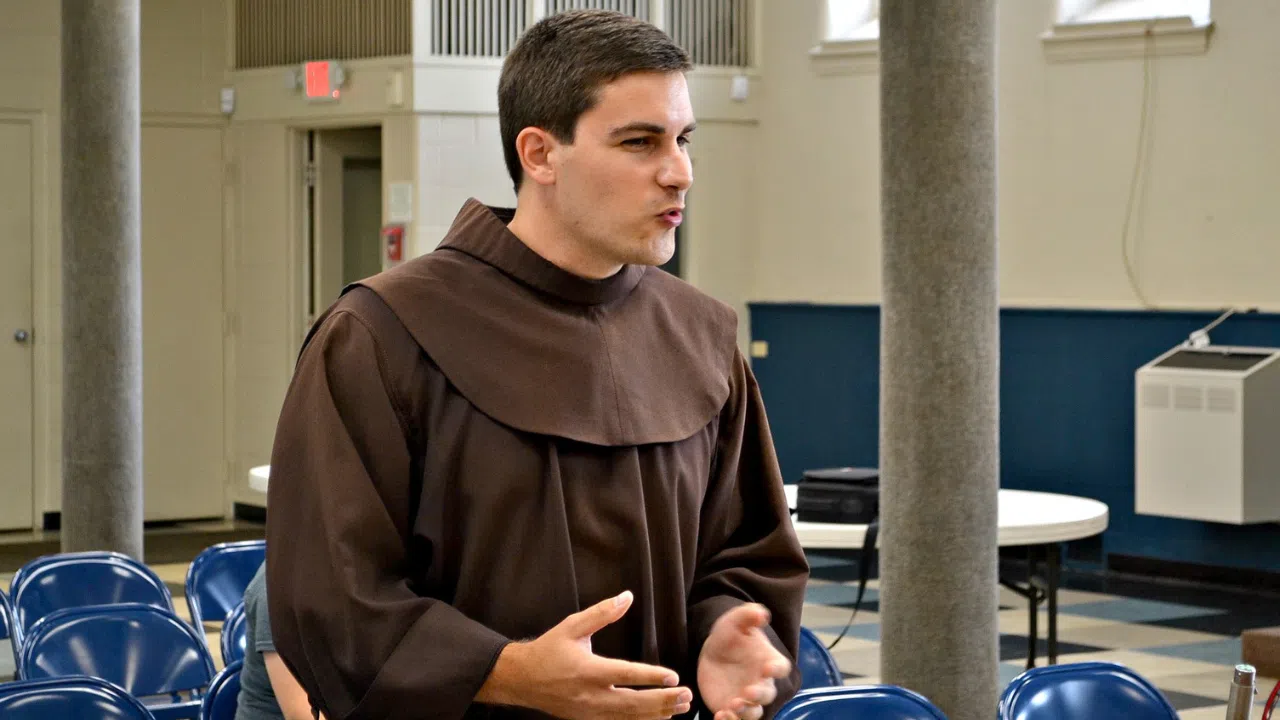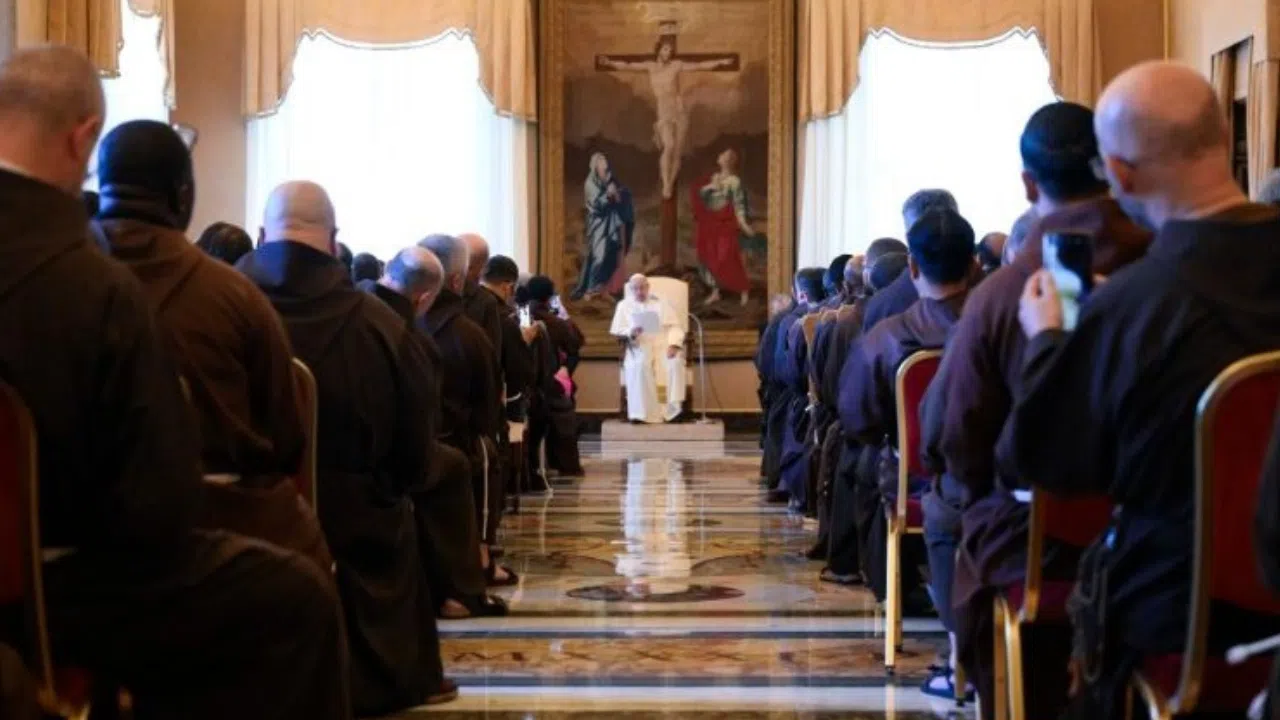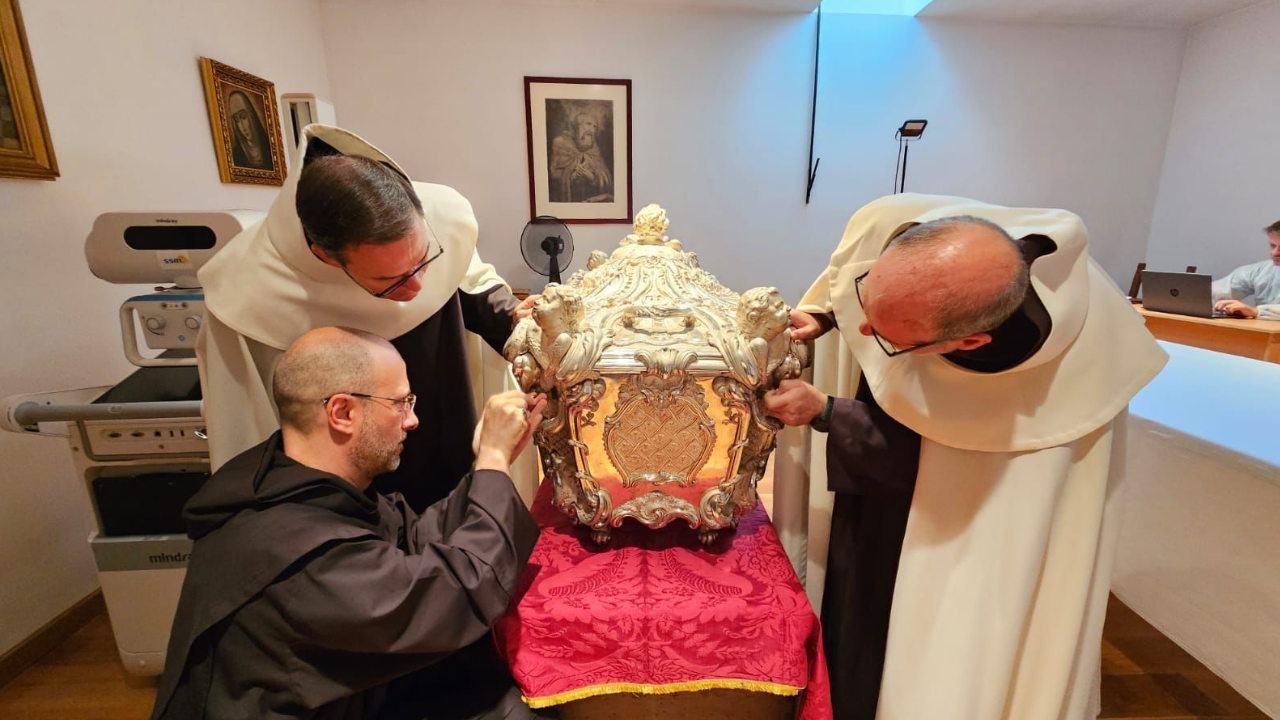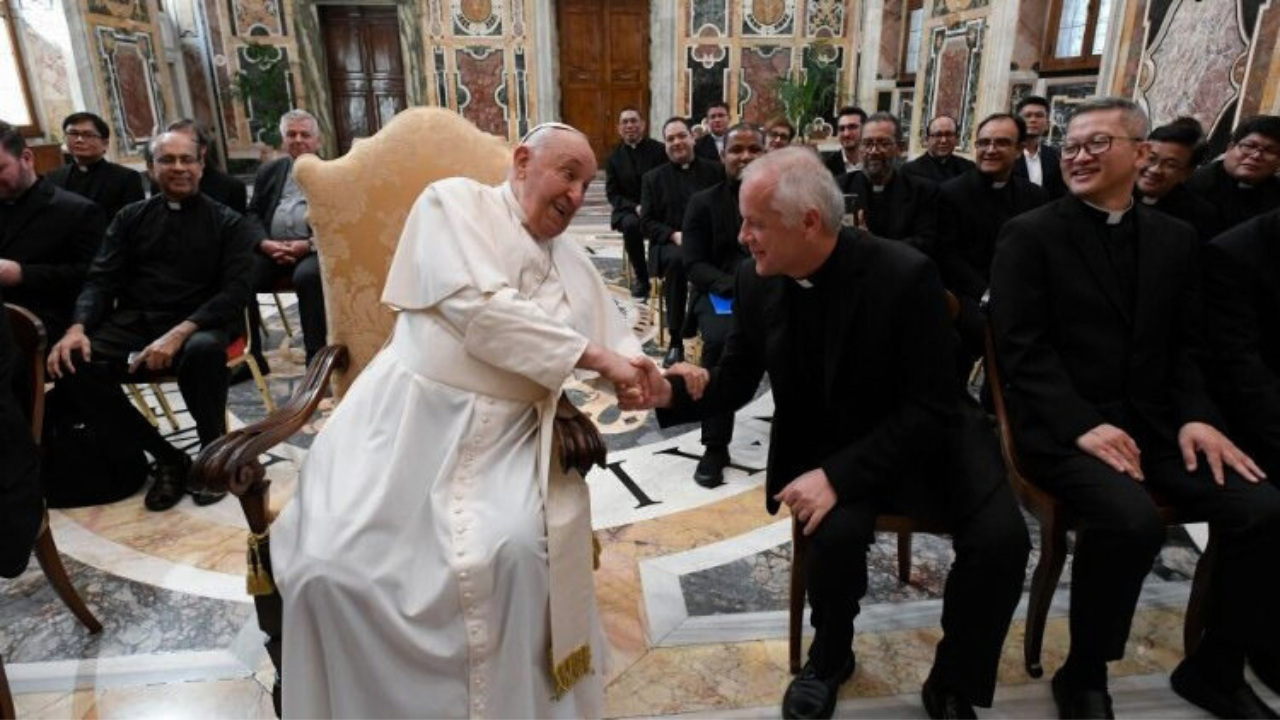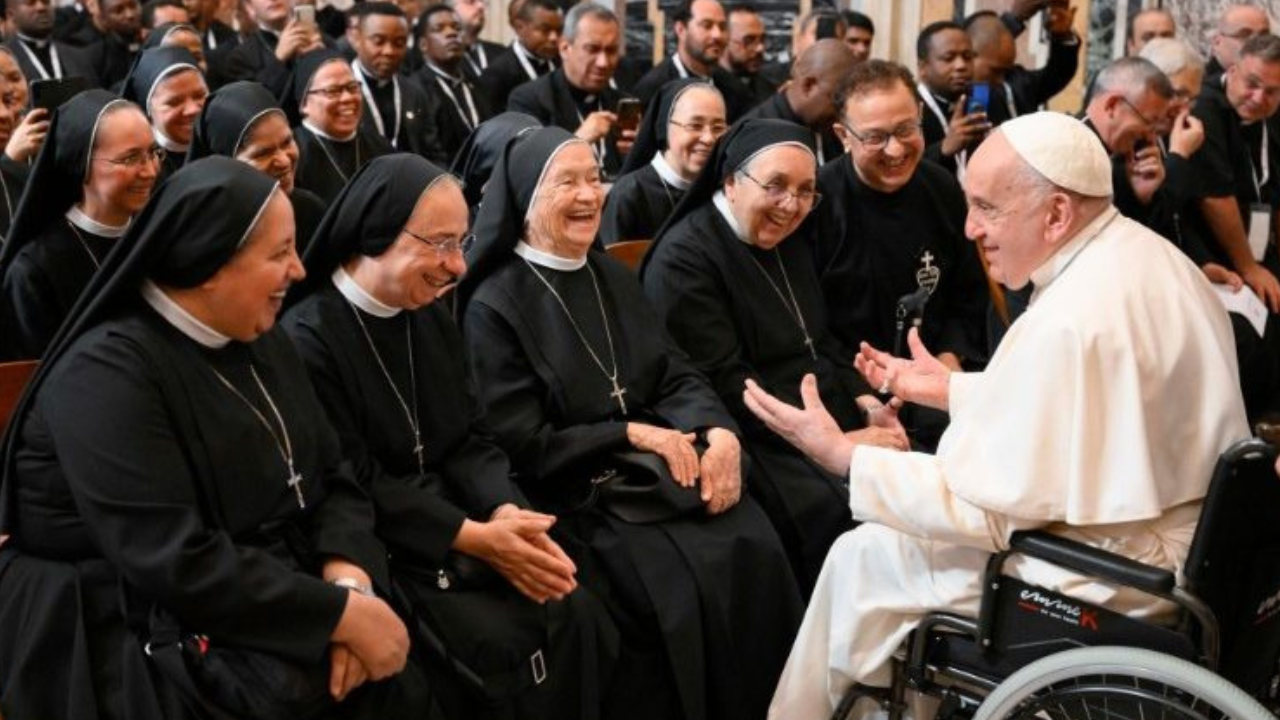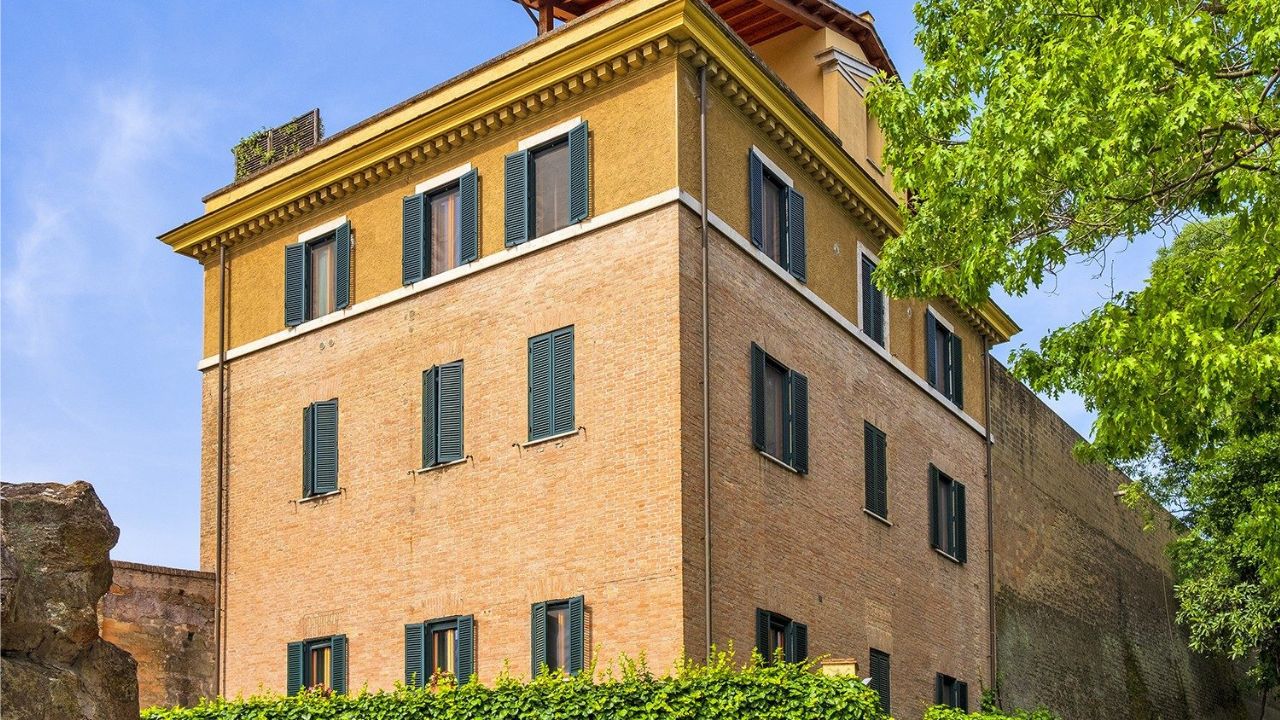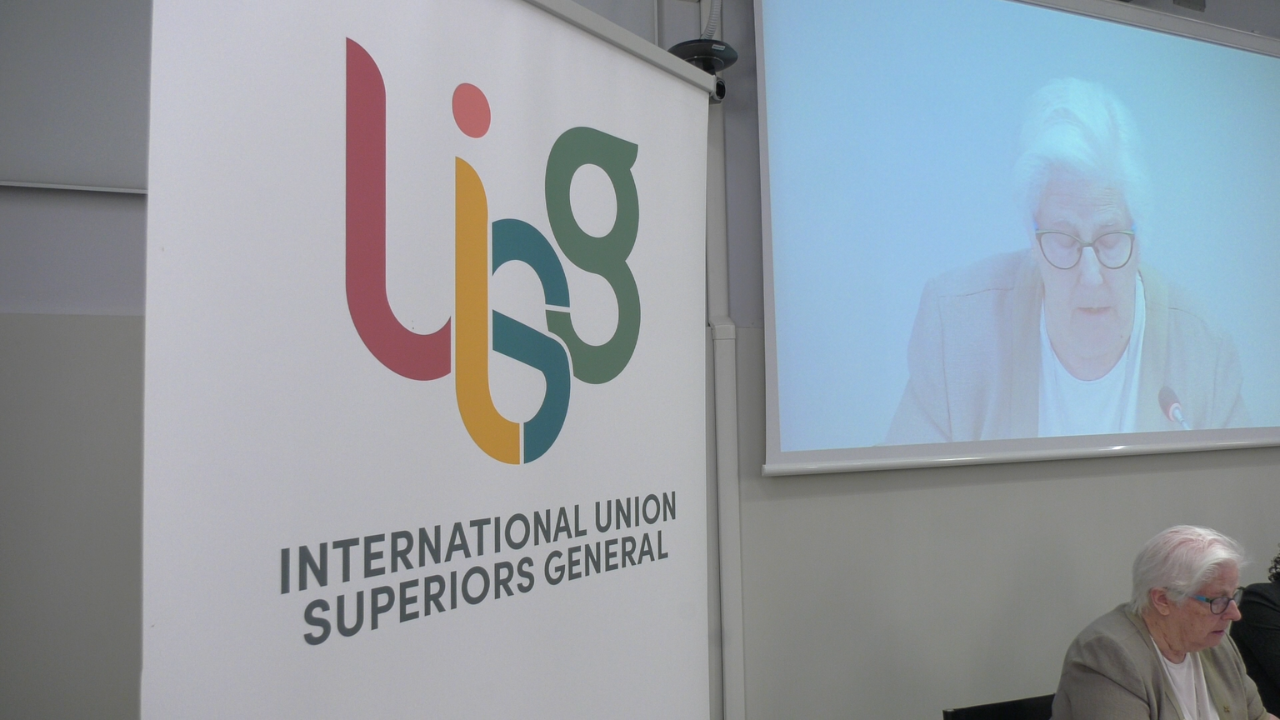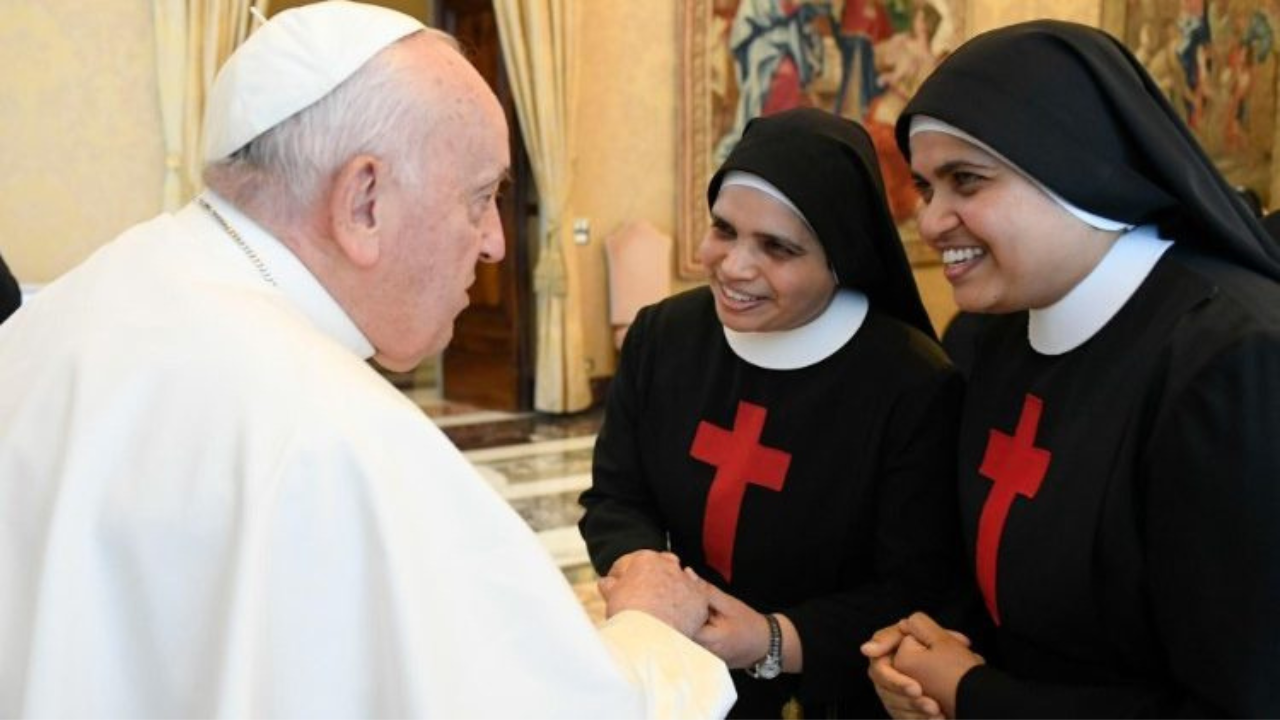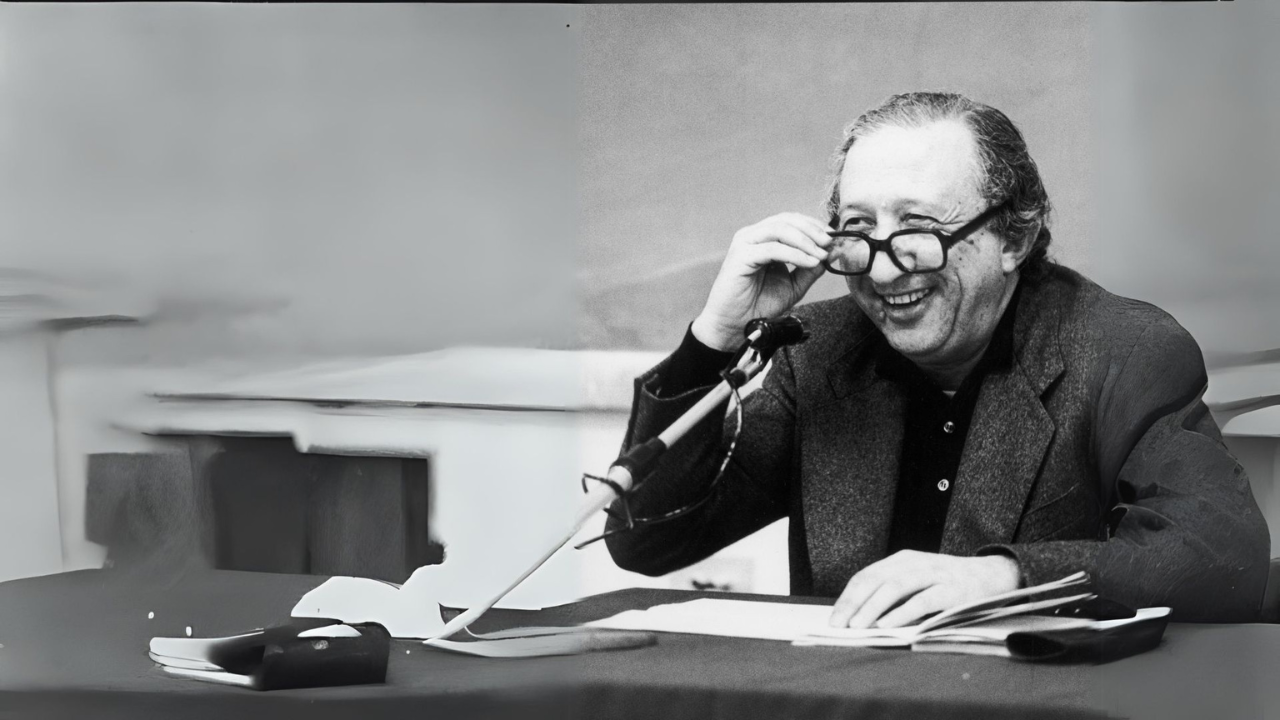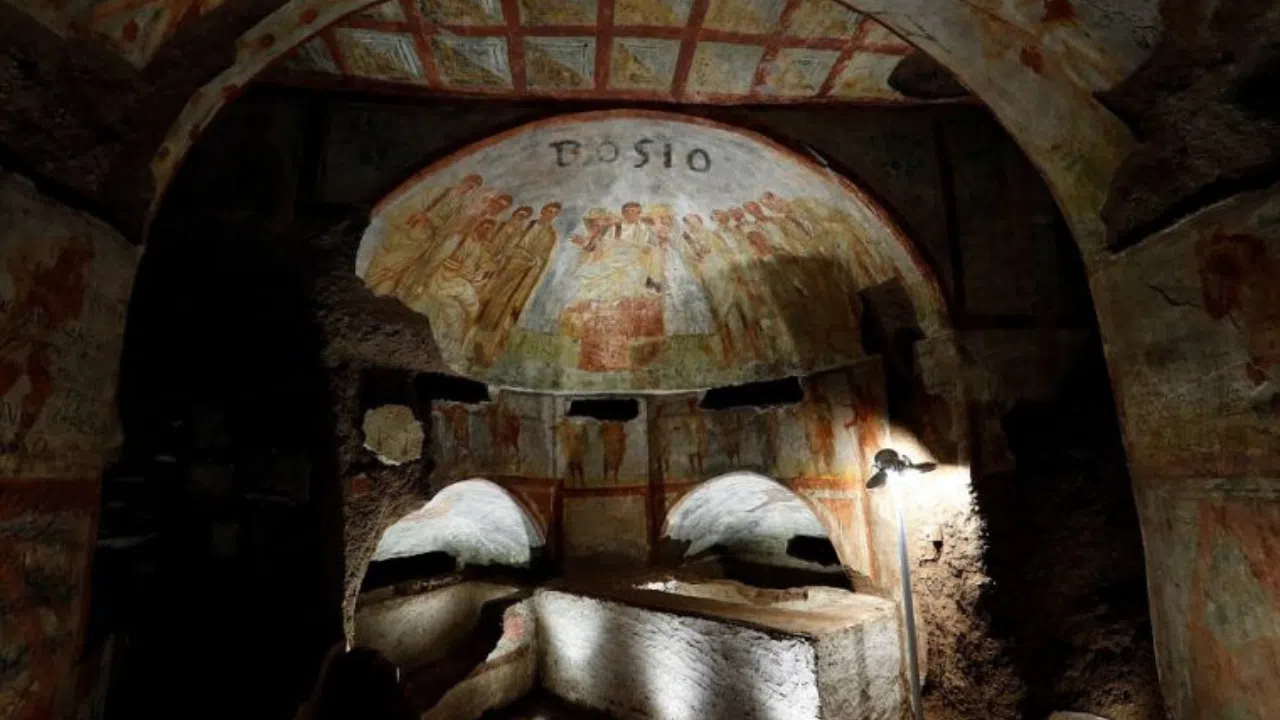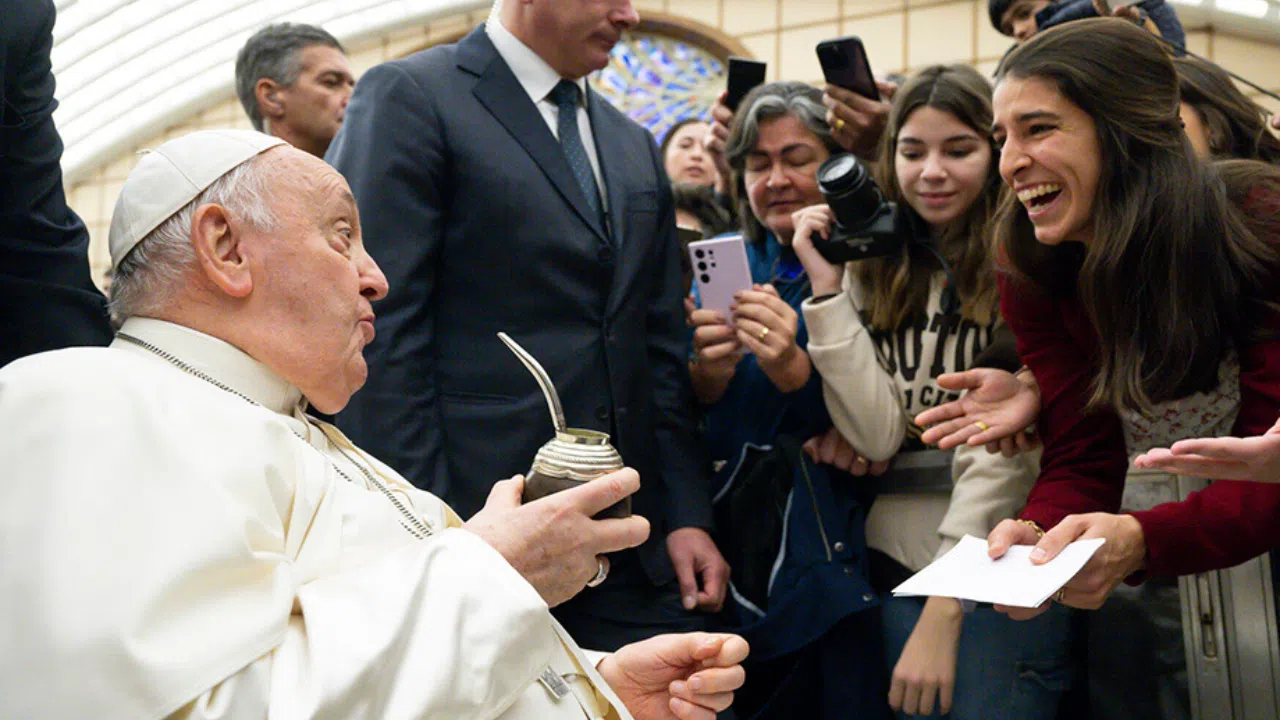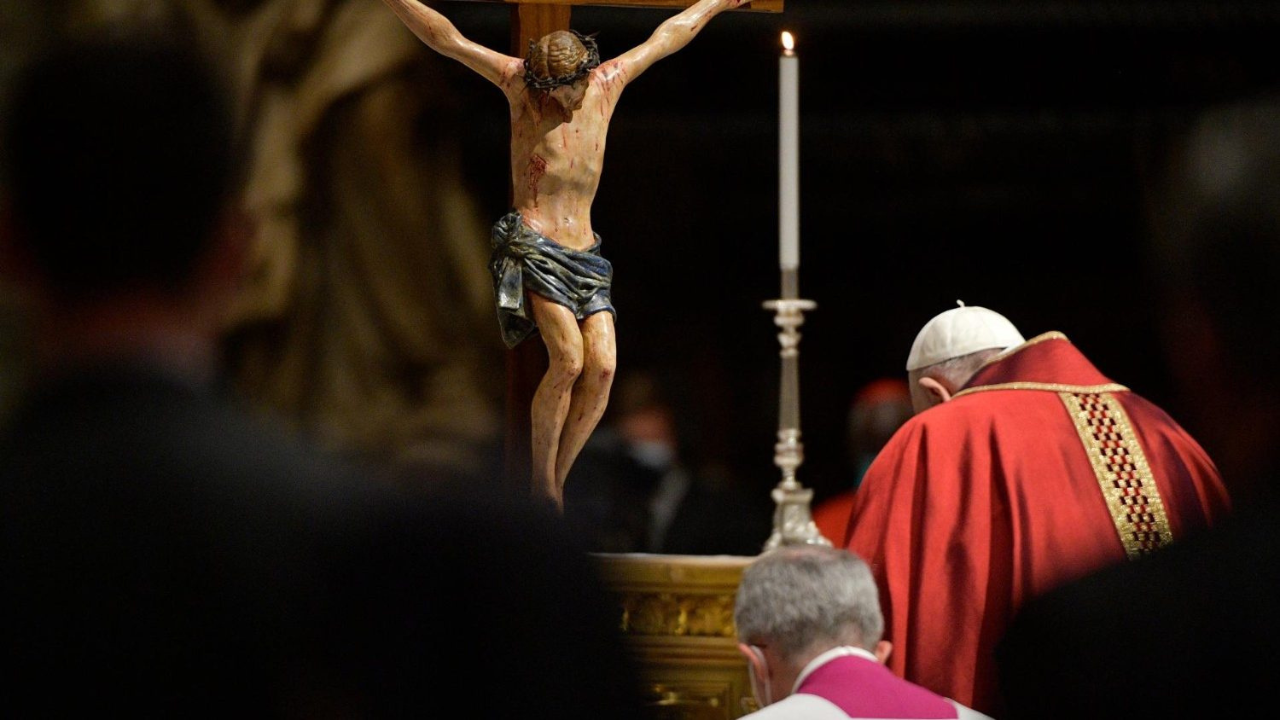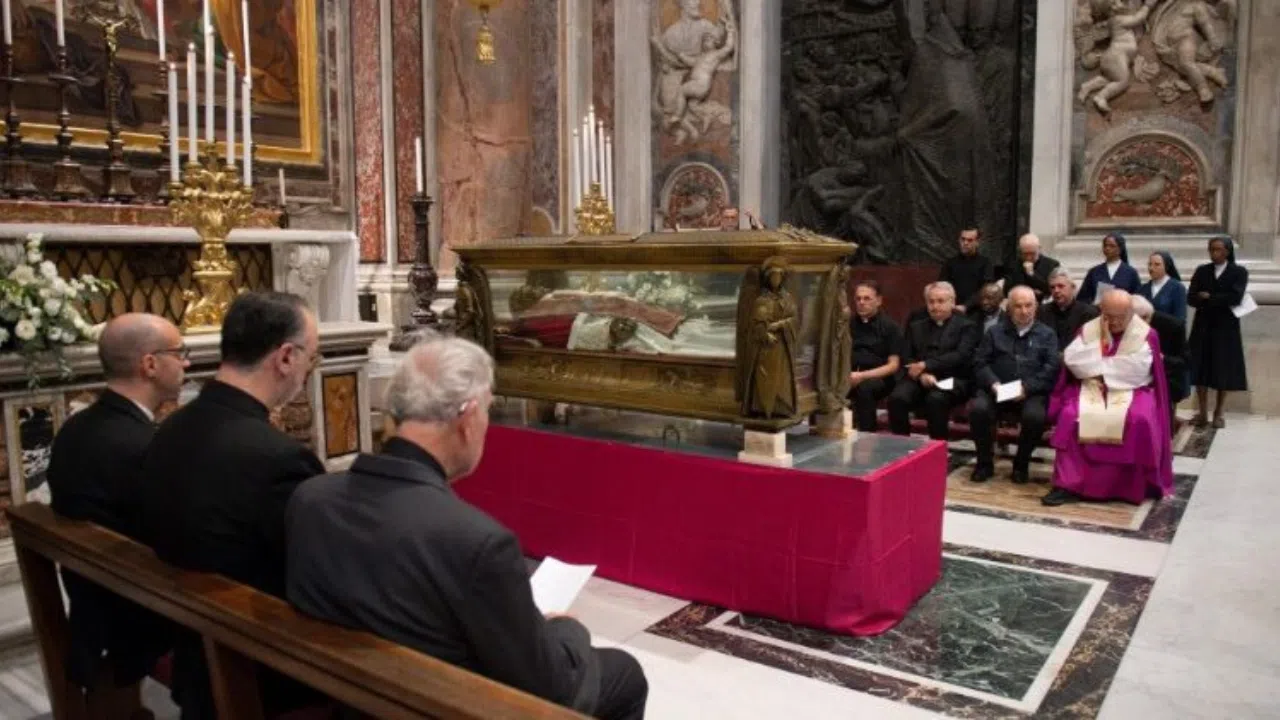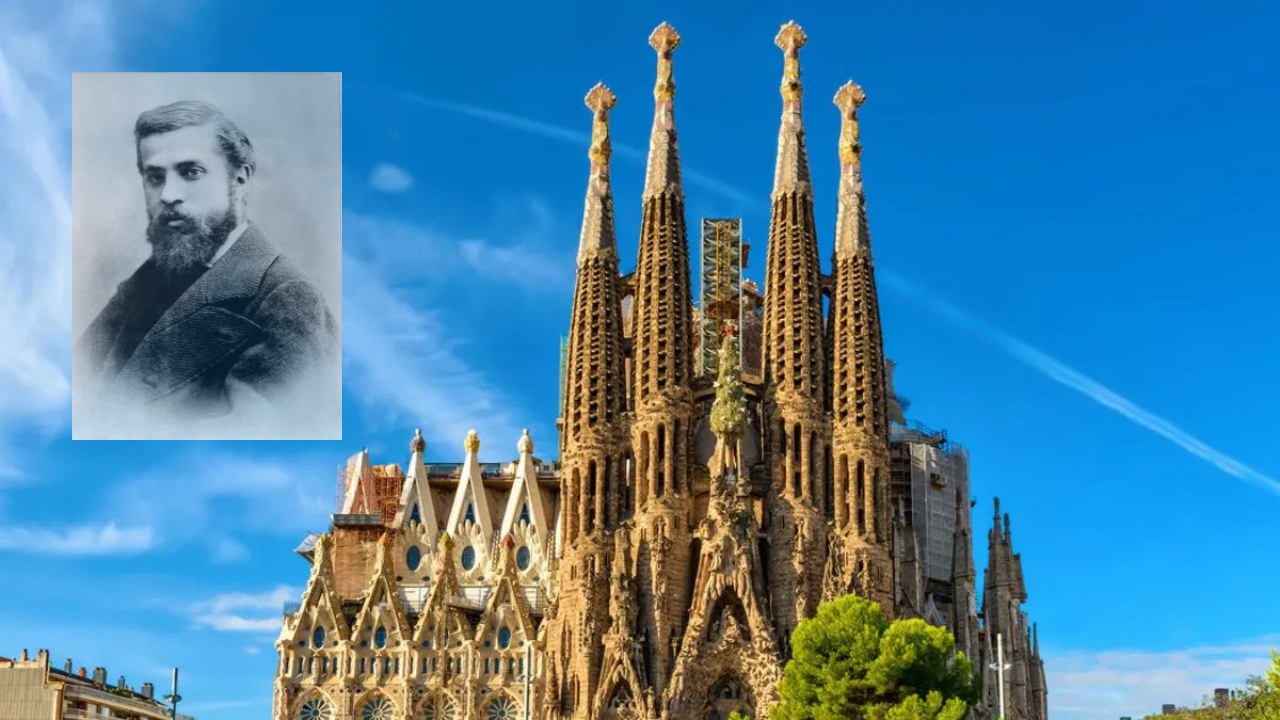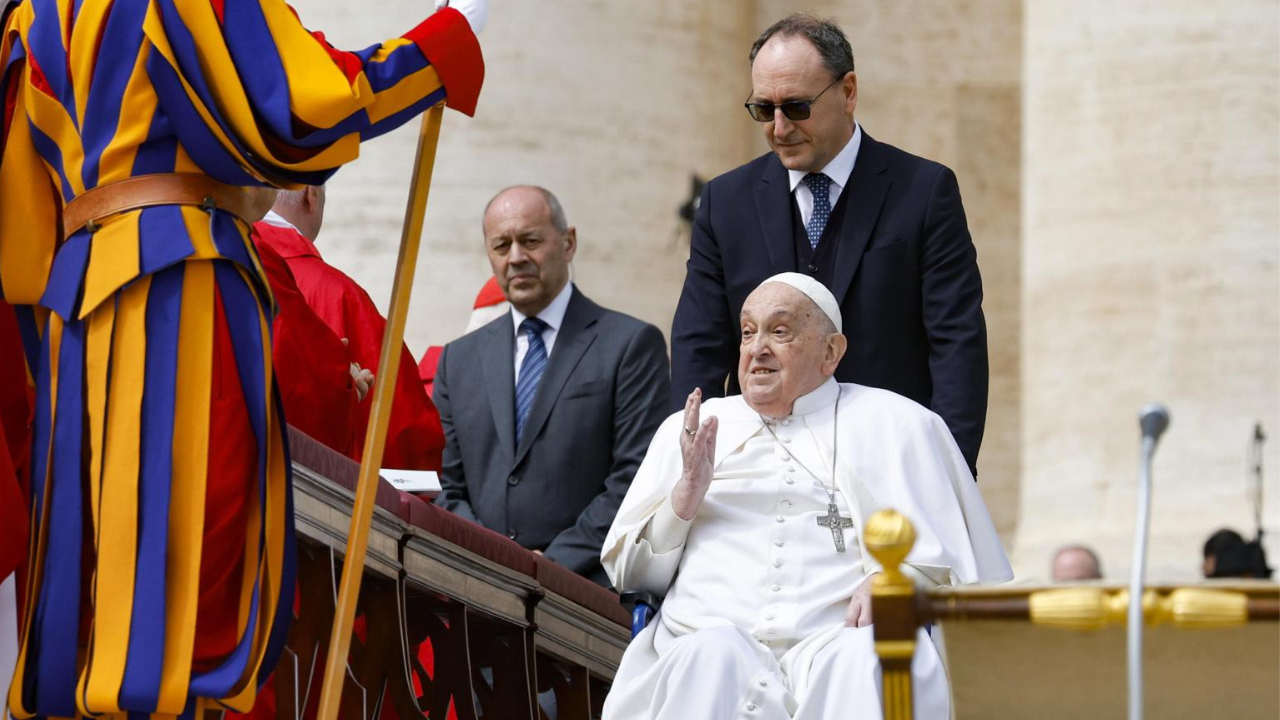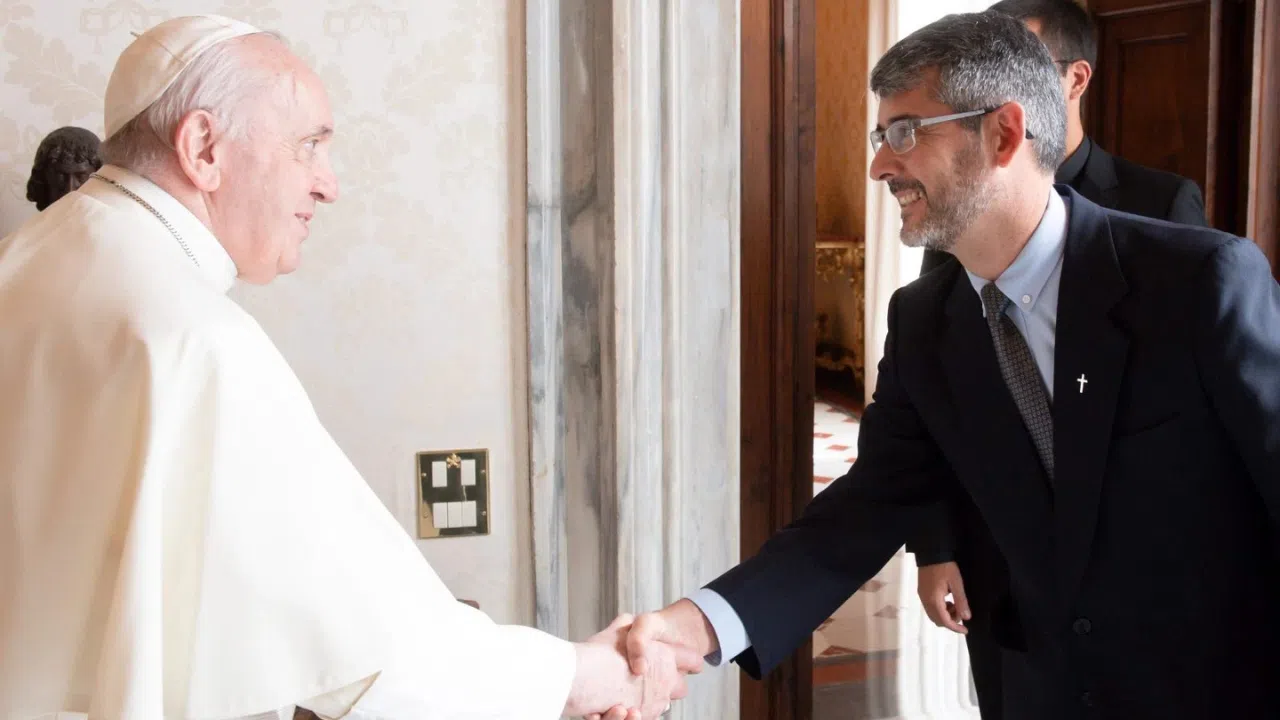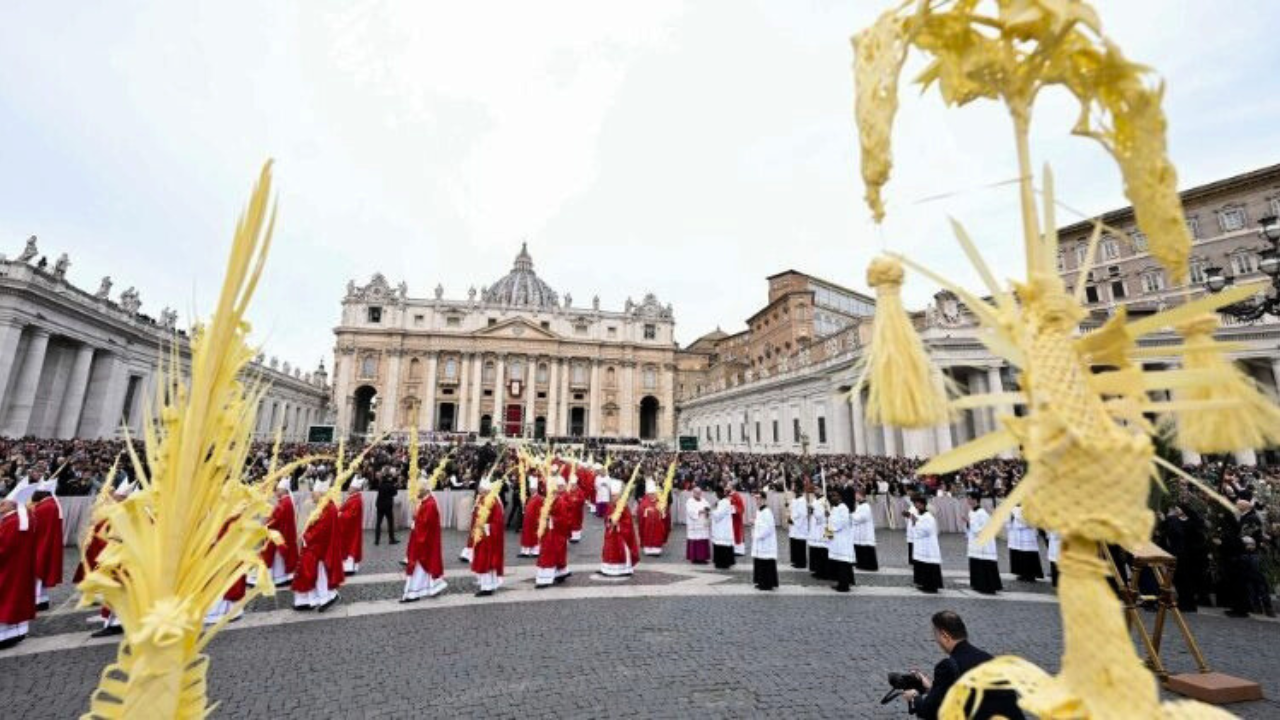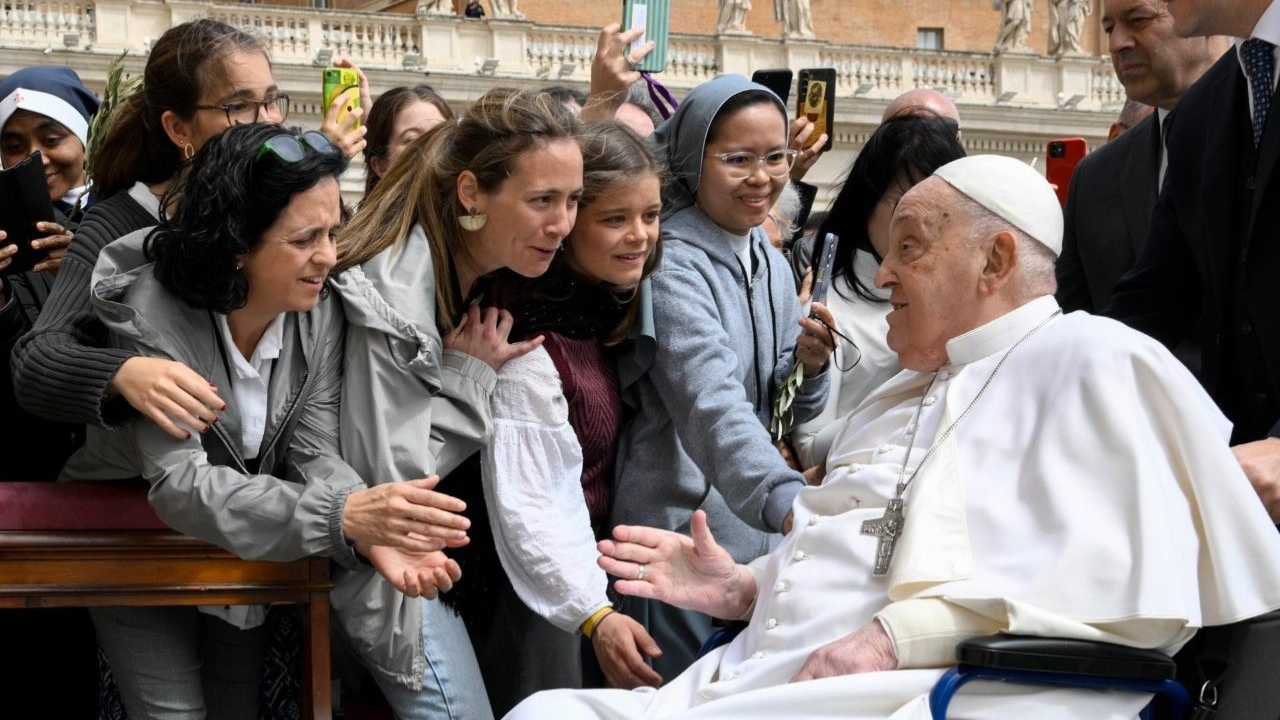Exclusive news story for Rome Reports Premium:
-----------------
In 2021, the Dominicans are celebrating 800 years since the death of their founder, St. Dominic. They will mark it with a pilgrimage throughout Italy, hitting some of the places where St. Dominic lived. One of these is their mother church, the fifth-century Basilica of St. Sabina in Rome.
The church dates back to 422 A.D, with the Dominicans running it since the 1200s.
FR. PHILIPP WAGNER
Rector, Basilica of St. Sabina (Rome)
“So we have 1600 years in St. Sabina, 800 years of the presence of the Dominicans and in two years, we will have a big Jubilee here at Santa Sabina. We will celebrate the Jubilee of St. Dominic who died in 1221. So next year, 1221 to 2021, we will celebrate the 800 years since his death.”
Inside the church remains a special memory of the saint, the room where he lived. It has now been transformed into a chapel, but it's a constant reminder of the Dominicans' founder.
FR. PHILIPP WAGNER
Rector, Basilica of St. Sabina (Rome)
“We have the cell of St. Dominic. So it was this little room in which he lived, but it's the only visible part that remains from the Basilica herself. The Basilica itself was here in St. Dominic arrived in Rome.”
It was not only St. Dominic who resided in this centuries-old basilica. A Doctor of the Church from the same time period also spent time at the basilica, St. Thomas Aquinas.
FR. PHILIPP WAGNER
Rector, Basilica of St. Sabina (Rome)
“It's very interesting. We know that he lived here, but we don't have a remembrance of the room of St. Thomas, or something else. But it is sure, because he had to come to Rome to teach. Let's say, he wrote the first part of the Summa Theologiae here in Rome.”
The largest celebration to remember the death of St. Dominic will be in Bologna, where he is buried and remains to this day. Pope Francis visited his tomb in October 2017 when speaking to university students just outside the church containing his tomb.
Melissa Butz
